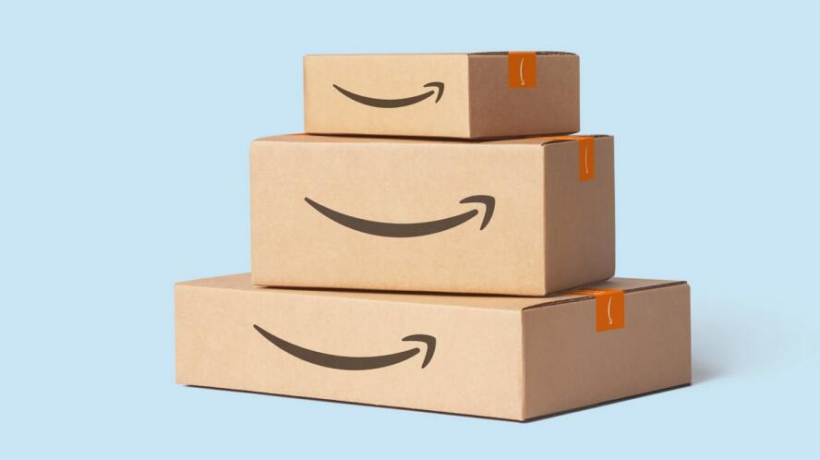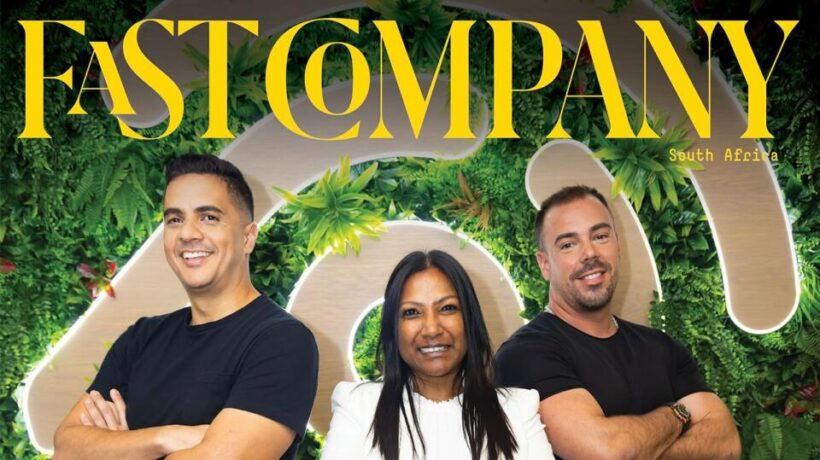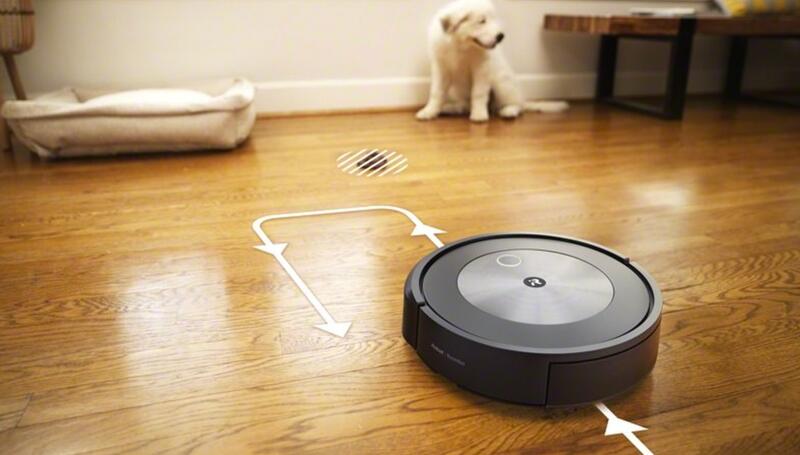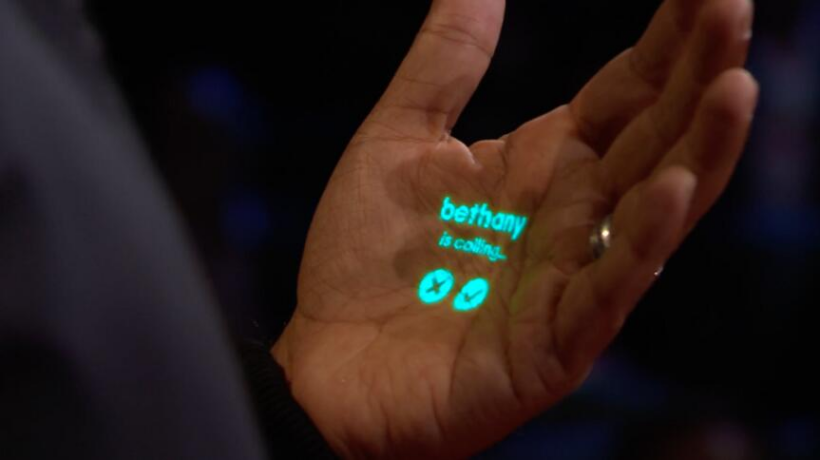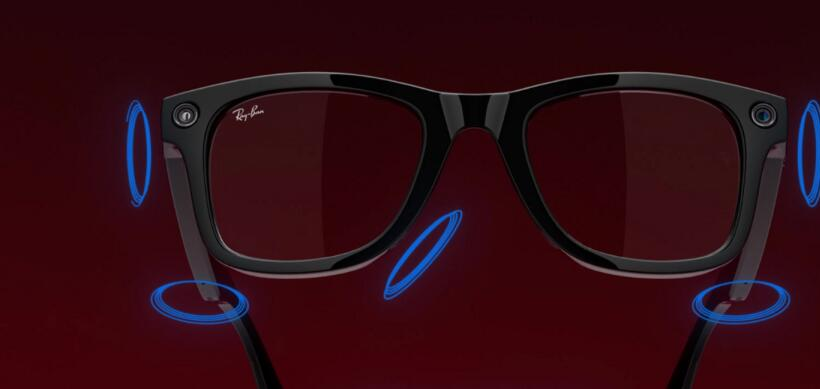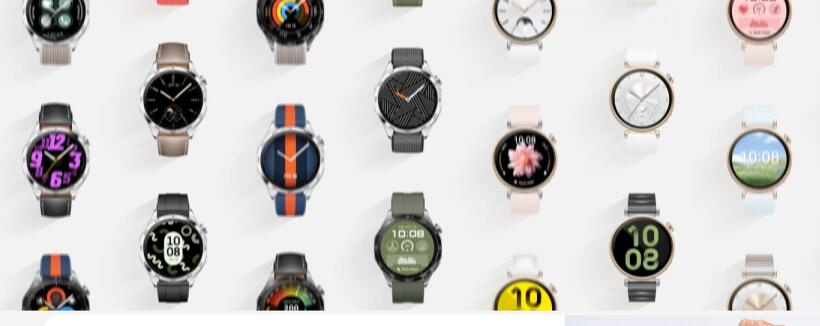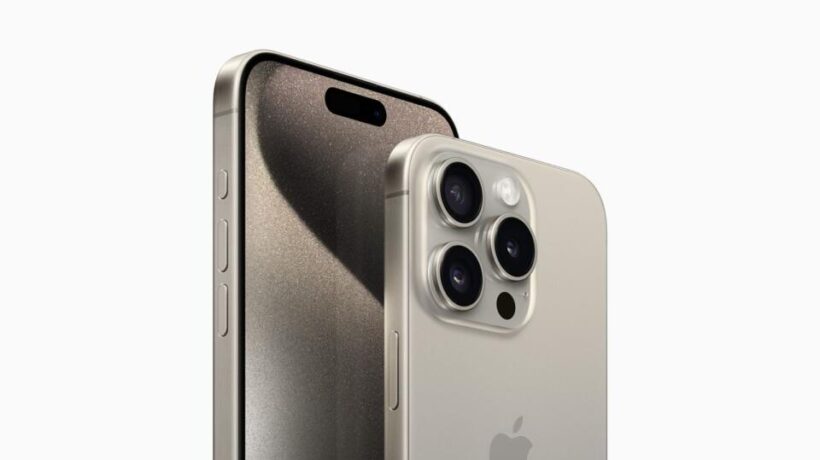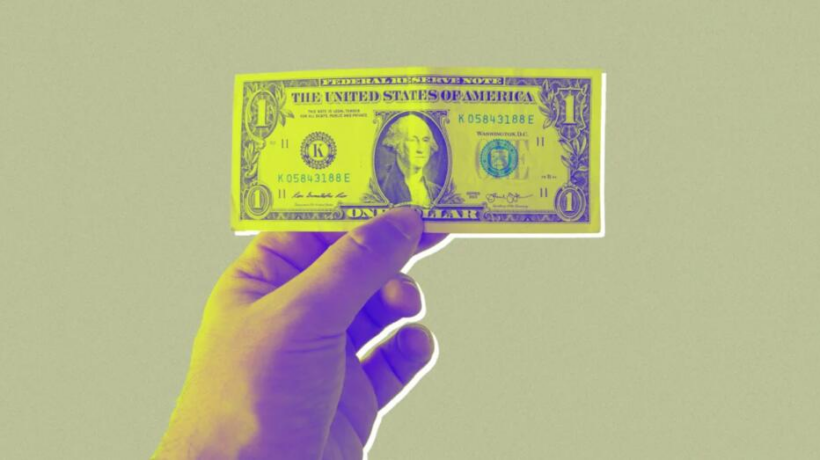There was no shortage of excitement amongst most South Africans when it was announced that Amazon was gearing to have a physical presence in South Africa. Some however wondered what was exciting about an entry of a company that already had some form of presence in South Africa. One could explain it by highlighting the fact that just about any non-South African brand (especially American) has a tendency to excite those who admire all things American. When Burger King came to these shores it was a sensation. People waited in long queues to get the big burger, chips and fizzy drink. Starbucks almost had a similar effect. Who does not want to be seen carrying a white cup with a green goddess? There’s something about American brands that triggers excitement across the world.
The US knows how to promote their brands to the global community. There’s however a difference between early excitement about a US brand and actually experiencing it in real life. South Africans are about to feel what it really means to source goods and to do business with Amazon. Local e-commerce businesses can rest assured that when an American global company comes to town it will probably gobble everything. Amazon will leave no stone unturned in getting local businesses on board. Before you know it, Amazon will feel like a South African brand. It will attempt to outsmart everyone in the game. The Amazon parcels will probably get to you quicker compared to other local e-commerce platforms. Chances are they will also cost less than other similar online stores. All of this will be made possible by local people and businesses that will work with the tech giant. Amazon is also serious about addressing the skills agenda in South Africa. The Amazon e-commerce service is well positioned to get human resources in a labour market like South Africa. These are indeed reasons to be excited however they are based on an assumption that Amazon is just an e-commerce company. Amazon is primarily a technology company. The entry of Amazon into the South African market could lead to the Amazonification of South Africa and the broader African market.
Amazon has its tentacles everywhere through services such as Amazon Prime, Amazon private retails brands, physical and its digital physical entities. Amazon Prime is technically a subscription service and not a retail unit. However, the Prime membership scheme underpins the entirety of Amazon’s retail business model. Prime members get exclusive deals, products and discounts, along with free and fast delivery. In addition to its e-commerce platform, Amazon’s online retail business includes sales from Amazon private-label brands.
There are more than 100 Amazon private-label brands, such as Amazon Basics, a brand of household items like kitchen accessories and batteries; Amazon Essentials, a clothing line; Amazon’s brand of luxury bedding and towels. In addition to all of these products there’s Amazon physical stores. Amazon launched its first physical bookstore, Amazon Books, in Seattle in 2015.
Later, it opened 21 Amazon Books locations across 13 states, including New York, California and Colorado. The stores featured a curated selection of titles based on consumer data gleaned from the company’s online retail platform and Kindle readers. All books on the shelves had at least a four-star customer rating on Amazon.com or are highly anticipated new releases. Shoppers could browse “Most-Wished-For Books on Amazon.com” and other data-driven categories. Customers could also purchase games, toys, home items and Amazon tech devices at Amazon Books. These products were available at discounted prices for Amazon Prime members. The Amazon Book stores were later closed down. They illustrated that Amazon could turn online things into physical entities.
As a result, Amazon made another major move into physical stores with the $13.7 billion acquisition of Whole Foods in 2017. There are approximately 500 Whole Foods locations. Amazon’s acquisition of Whole Foods also marked its entrance into the food retail industry. The grocery chain is recognized for its selection of natural and organic offerings. Amazon Prime members get discounts at Whole Foods shops across the country. Beyond just physical stores Amazon is adding a digital layer to physical spaces. Amazon added checkout-free shopping to its retail strategy with Amazon Go and Amazon Go Grocery. Amazon Go is a chain of 25 convenience stores located in Chicago, New York, San Francisco and Seattle, which first opened in 2018. Amazon Go offers ready-to-eat snacks and meal options.
Amazon expanded Go stores in 2020 with the first Amazon Go Grocery store, located in Seattle. Amazon Go Grocery offers a full selection of supermarket foods, with fresh produce, meat and a bakery. Customers scan the Amazon Go app when they enter the store and fill their carts with items. When customers finish shopping, they exit the store without checking out at a register. The Amazon Go app tracks a virtual cart of all the customer’s items and then bills the person’s Amazon account. Amazon Go locations are designed to remove lines in grocery stores with checkout-free technology. To shop at these stores, customers are required to have an Amazon account and the Amazon Go app. Are you still excited about Amazon? Consumers will enjoy innovation across the Amazon stable if the tech giant follows the same script in the African continent. As for retailers and other major businesses there’s a reason for concern. Amazon could disrupt a number of industries in the long run. The Amazon.co.za is just an introduction into something far more bigger for Amazon in the African continent.

